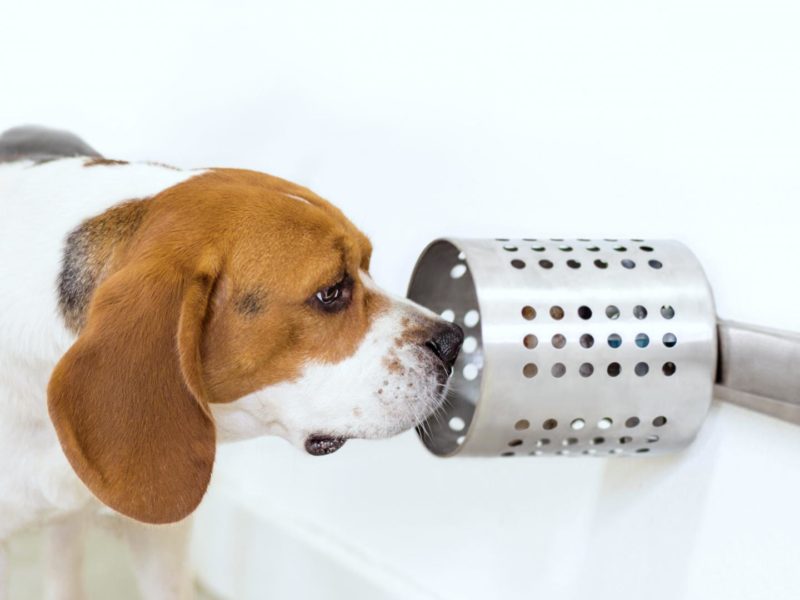Canine cancer detection could lead to new noninvasive, inexpensive ways to detect cancer
Dogs have smell receptors 10,000 times more accurate than humans’, making them highly sensitive to odors we can’t perceive. A new study has shown that dogs can use their highly evolved sense of smell to pick out blood samples from people with cancer with almost 97 percent accuracy. The results could lead to new cancer-screening approaches that are inexpensive and accurate without being invasive.
“Although there is currently no cure for cancer, early detection offers the best hope of survival,” said Heather Junqueira, who is lead researcher at BioScentDx and performed the study. “A highly sensitive test for detecting cancer could potentially save thousands of lives and change the way the disease is treated.”
Junqueira will present this research at the American Society for Biochemistry and Molecular Biology annual meeting during the 2019 Experimental Biology meeting in Orlando, Fla.
For the new study, Junqueira and her colleagues used a form of clicker training to teach four beagles to distinguish between normal blood serum and samples from patients with malignant lung cancer. Although one beagle — aptly named Snuggles — was unmotivated to perform, the other three dogs correctly identified lung cancer samples 96.7 percent of the time and normal samples 97.5 percent of the time.
“This work is very exciting because it paves the way for further research along two paths, both of which could lead to new cancer-detection tools,” said Junqueira. “One is using canine scent detection as a screening method for cancers, and the other would be to determine the biologic compounds the dogs detect and then design cancer-screening tests based on those compounds.”
BioScentDx plans to use canine scent detection to develop a non-invasive way of screening for cancer and other life-threatening diseases. As a next step, the company launched a breast cancer study in November in which participants donate samples of their breath for screening by trained cancer-sniffing dogs. The researchers also plan to separate the samples into their chemical components and present these to the dogs to isolate the substances causing the odor that the dogs detect.
Source: Experimental Biology
Meeting: Experimental Biology 2019

